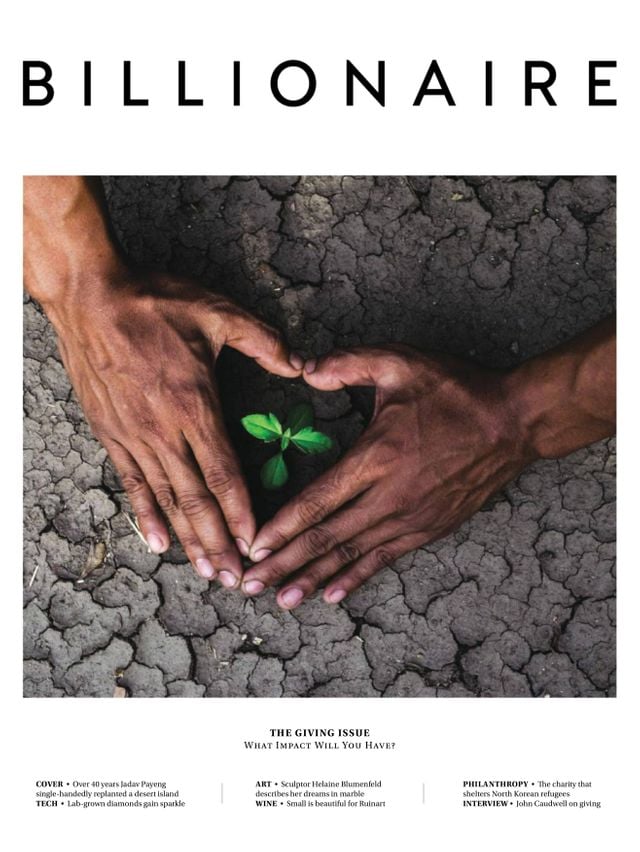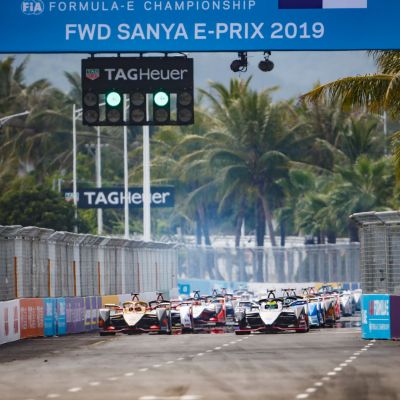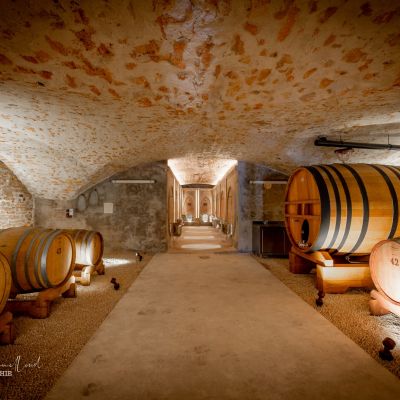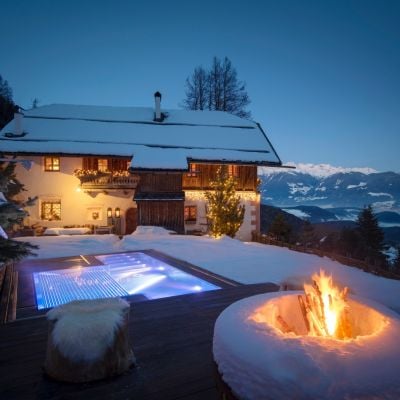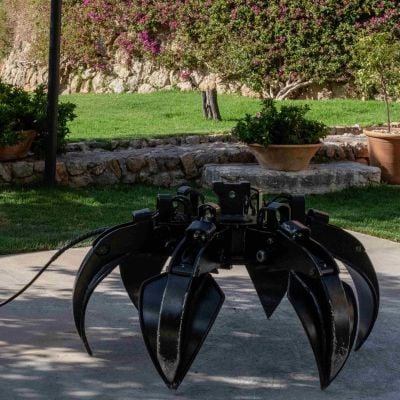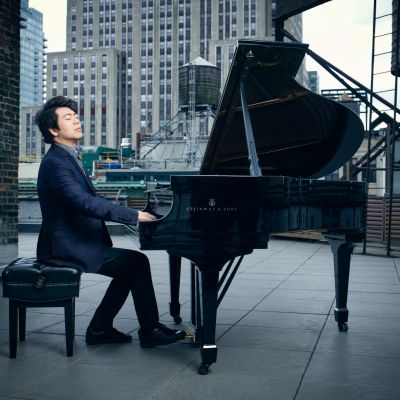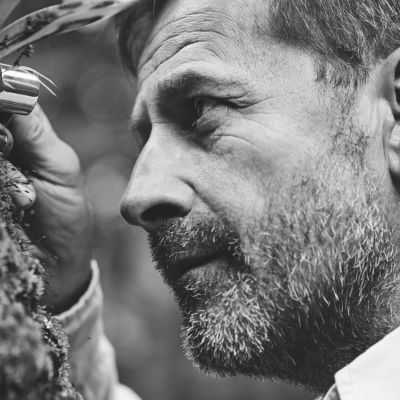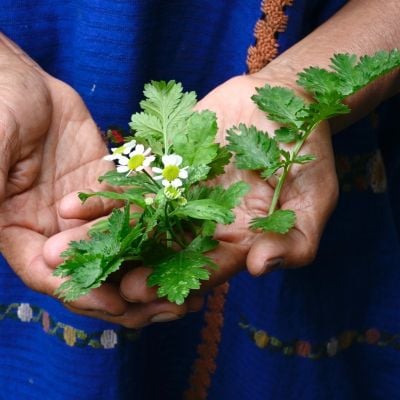Roederer: Celebratory Arts
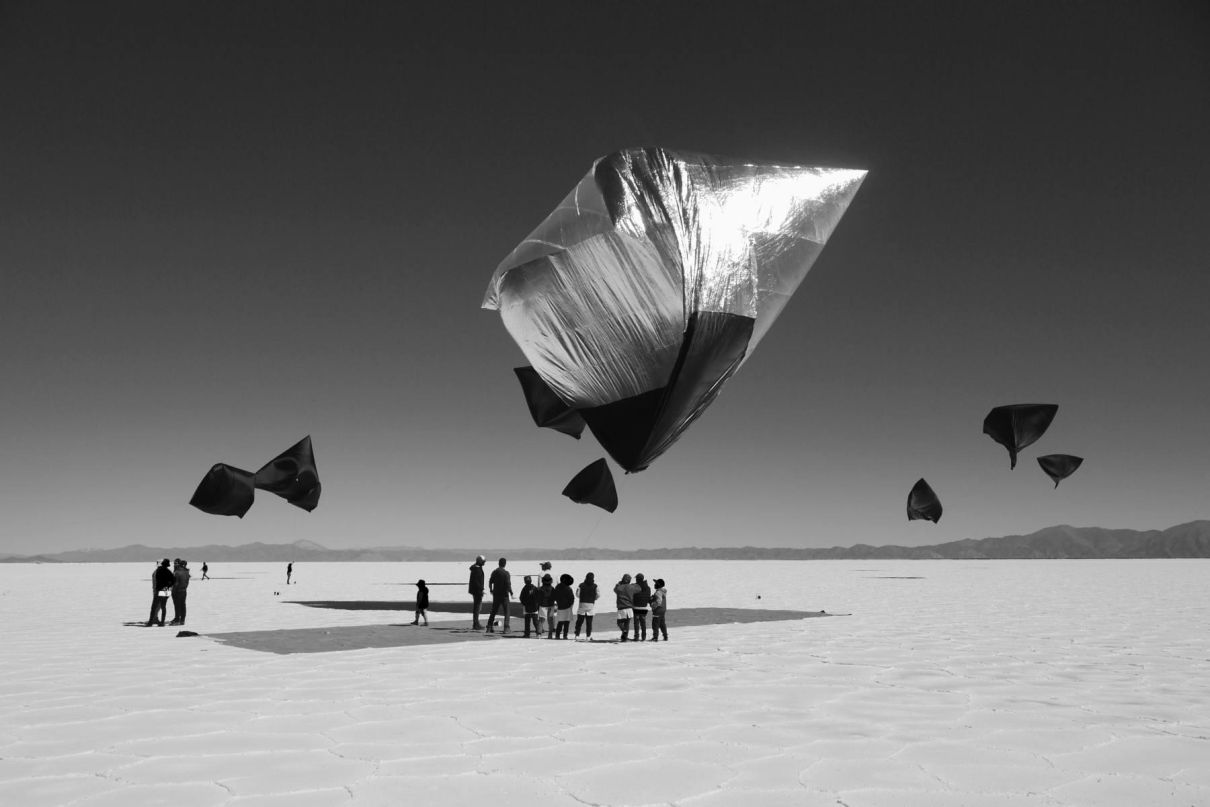
Louis Roederer has become a major patron of the arts through its foundation, and this year is supporting the remarkable work of Tomás Saraceno.
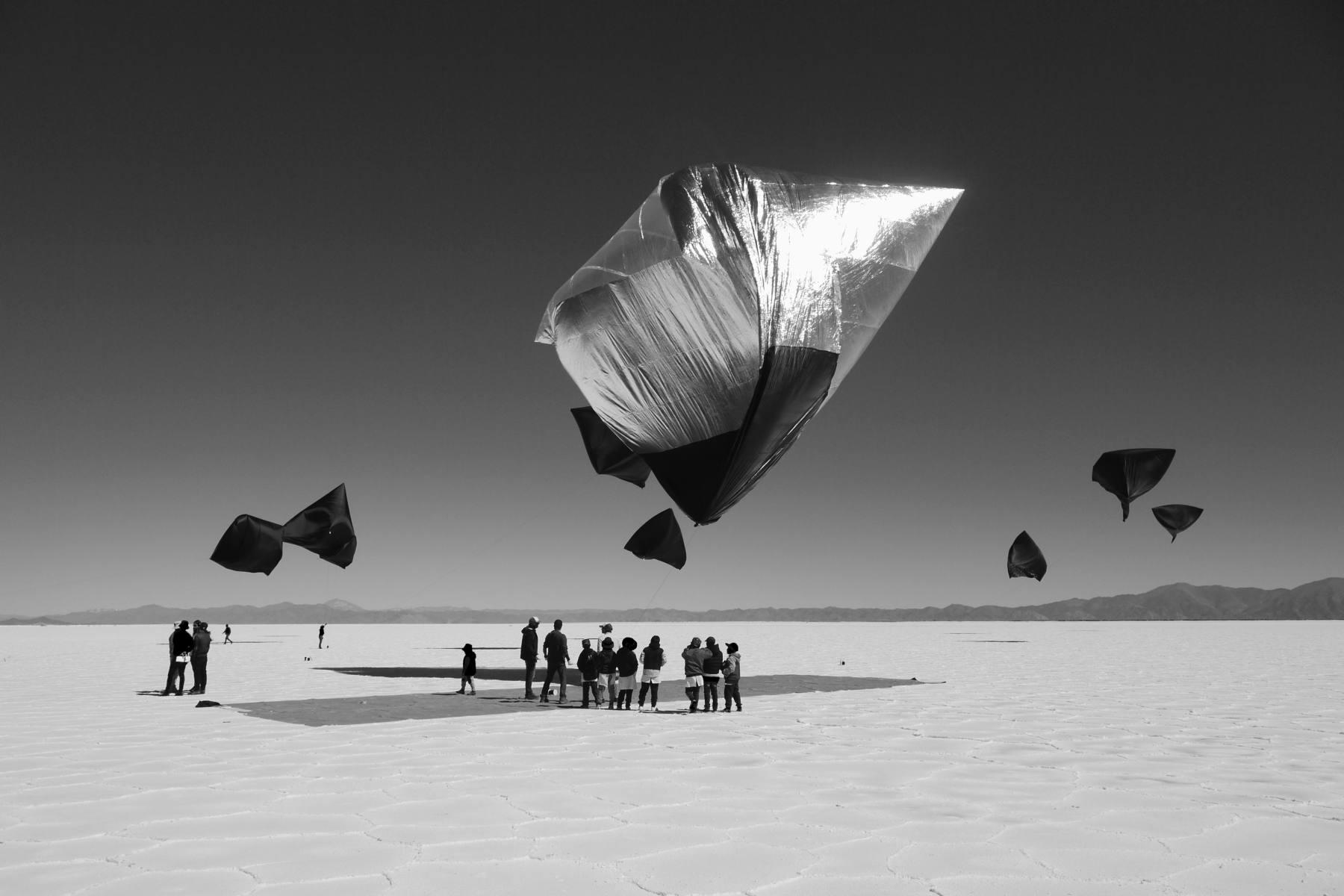
Since 1776, Louis Roederer has embraced a visionary approach: independent and family-run, the company has always been creative and audacious. It all started when, back in the 18th century, the Roederers, then wine merchants, decided to grow their own vines, predominantly Pinot Noir. Today, the maison owns 240 hectares of Pinot Noir and Chardonnay vineyards with which it single-handedly produces its own Cristal and vintage Champagnes — a unique advantage in the Champagne world.
Since 2003, Louis Roederer has also been a major patron of the arts. The Champagne house decided to sustain its philanthropic actions and establish long-term partnerships: in 2011, the Louis Roederer Foundation was born. Louis Roederer seeks to nurture talent and supports a wide range of creative institutions through its foundation. “Our vision is as organic as it is broad,” says Michel Janneau, chairman of the Louis Roederer Foundation.
The Louis Roederer Foundation’s involvement in the arts is kaleidoscopic: from photography to cinema, contemporary art to opera and literature. It supports a collection of institutions and nurtures countless upcoming artists, including the Palais de Tokyo which for the last four years has run a Carte Blanche exhibition. This gives free reign to an exceptional artist for a solo show - former stars have included Tino Sehgal and Camille Henrot. This year the Carte Blanche goes to Italian-Argentinian artist Tomás Saraceno, who has spun a cosmic spider web inside the Palais.
BILLIONAIRE spoke to Michel Janneau about the foundation’s work.
How did the foundation come about?
Michel Janneau: For me, philanthropy was never a strategy but a happy set of circumstances. In 2003, I was having dinner with executives from the French National Library, BNF Richelieu, when they shared that they had countless archives in storage: the institution simply did not have the means to show any of them. At Roederer, we had always been too shy to provoke philanthropic partnerships as we didn’t want to be perceived as ‘advertising’ for our Champagne. Supporting the BNF was a good step for both parties. The life of the foundation had officially started.
A few years of active cultural philanthropy earned Louis Roederer the French distinction of ‘Great Benefactor of Culture’. How did you feel about this?
We wanted to anchor the foundation’s purpose at the heart of Louis Roederer’s ethos. So, at first, we chose noble institutions, to attract the clientele and people that we favoured. We supported well-known artists that didn’t need us to thrive. We became ‘Great Benefactors’ in 2008, which we were happy about, of course, but we soon realised we were missing the whole point. The press helped us understand, through harsh criticism at times, that in order to be credible we needed to embrace young talents and help research programmes.
Why was Tomás Saraceno picked for the famous Carte Blanche exhibition at the Palais de Tokyo?
The Carte Blanche was simply the best way to present this exceptional artist. His works are particularly well suited to the Palais de Tokyo as they show a marked taste for large-scale installations, not to mention Saraceno’s passion for arachnology. There are also suspended gardens and the ‘thermodynamic’ imaginary world; ideas based on dreams and inspiration that leave many less inventive creators frustrated. It is, without doubt, an exhibition with an extraordinary impact, combining all disciplines and all the possible routes of the imagination.
The Grand Palais and the Palais de Tokyo are two prominent museums. How did the Louis Roederer Foundation come to support them?
There are many reasons why one might want to become a patron: vanity; pride; building a legacy; creating an architectural monument or visible foundation. For me, none of these were the trigger. I saw myself as a postman: I visited institutions, we spoke about art and Champagne, and, eventually, we became friends. Naturally, a flow of coincidences turned into a flow of friendships. A happy conjunction of factors led us to partner with Palais de Tokyo: the institution was reopening under president Jean de Loisy, whom I knew and admired, and, for the opening, artist Jean-Michel Alberola was designing a unique installation. When Alberola asked for our support, it all fell into place. Again, I have to say that we knew nothing about contemporary art. When one of the former directors of BNF was appointed at the Grand Palais, she reached out to see if we were interested in becoming photography patrons. We said yes, while keeping our other commitments.
You have now started giving out prizes and grants.
Correct; we hand out distinctions today in cinema and photography: we award young talents each year in Arles during the International Photo Festival, the Prix de la Découverte, and actors during the Cannes Film Festival and the Deauville American Film Festival, the Prix Révélation.
What are the next steps for the Louis Roederer Foundation?
I would simply like to see our actions expand internationally, which would mean creating other foundations in the UK, the US and Japan to start with. We could then foster a network of exhibitions and artists that could tour internationally.
Carte Blanche to Tomás Saraceno runs until 6 January 2019 at the Palais de Tokyo, supported by the Louis Roeder Foundation.

